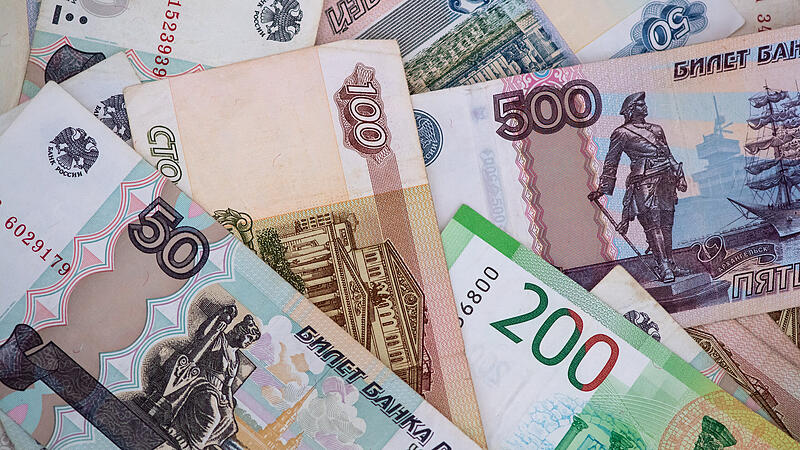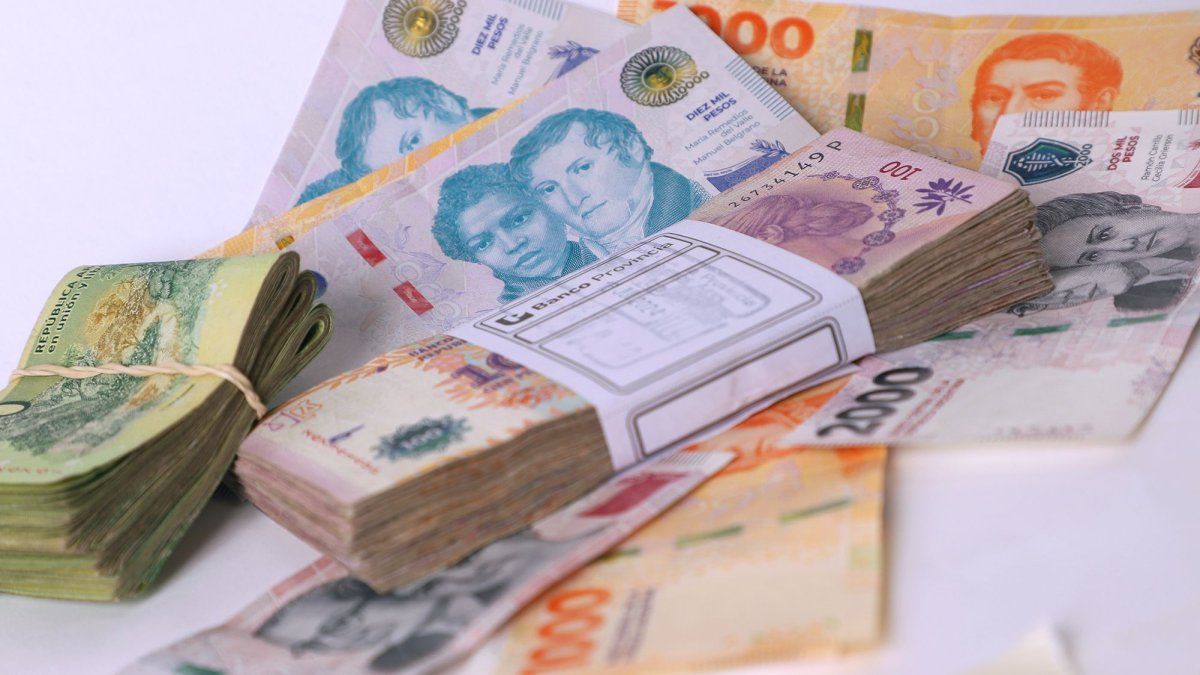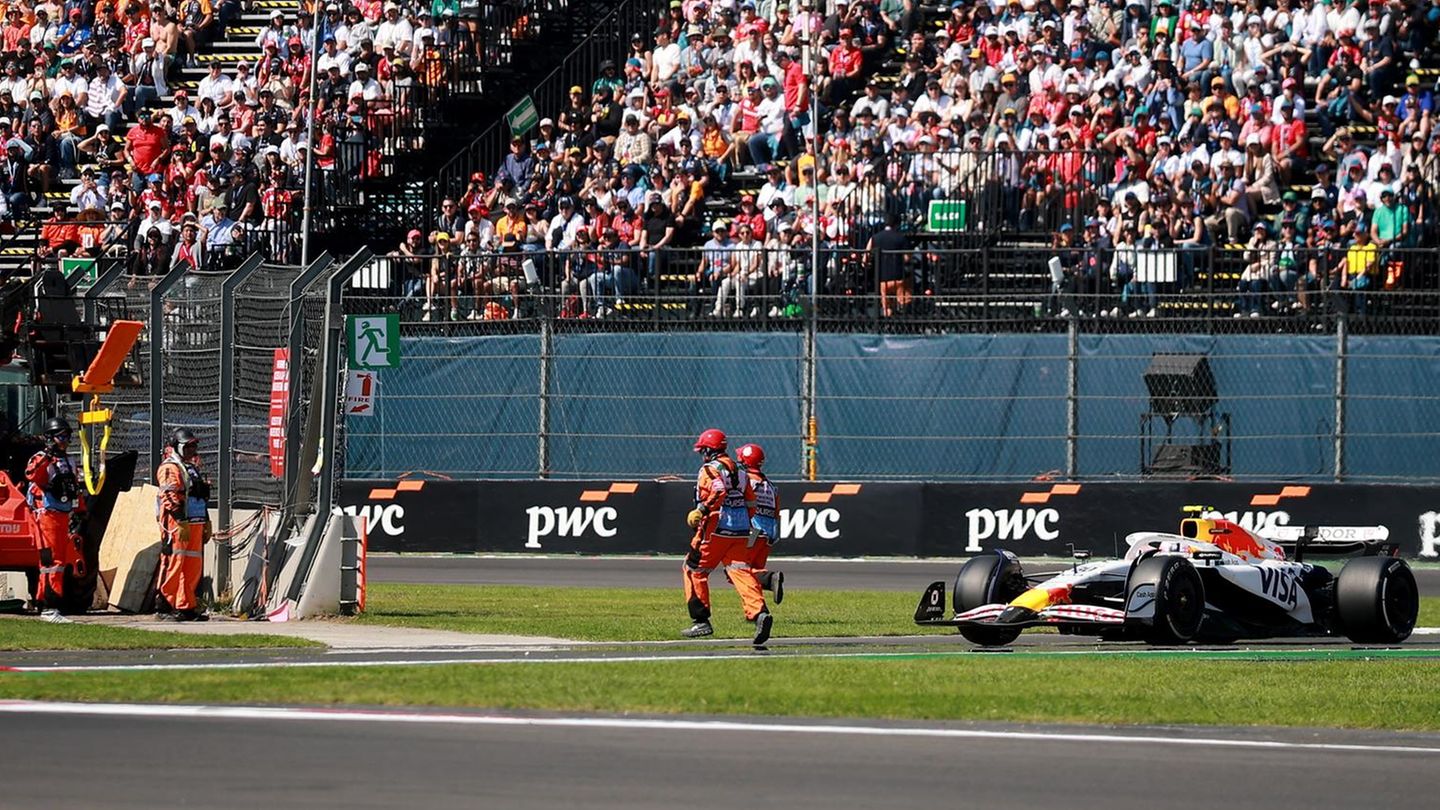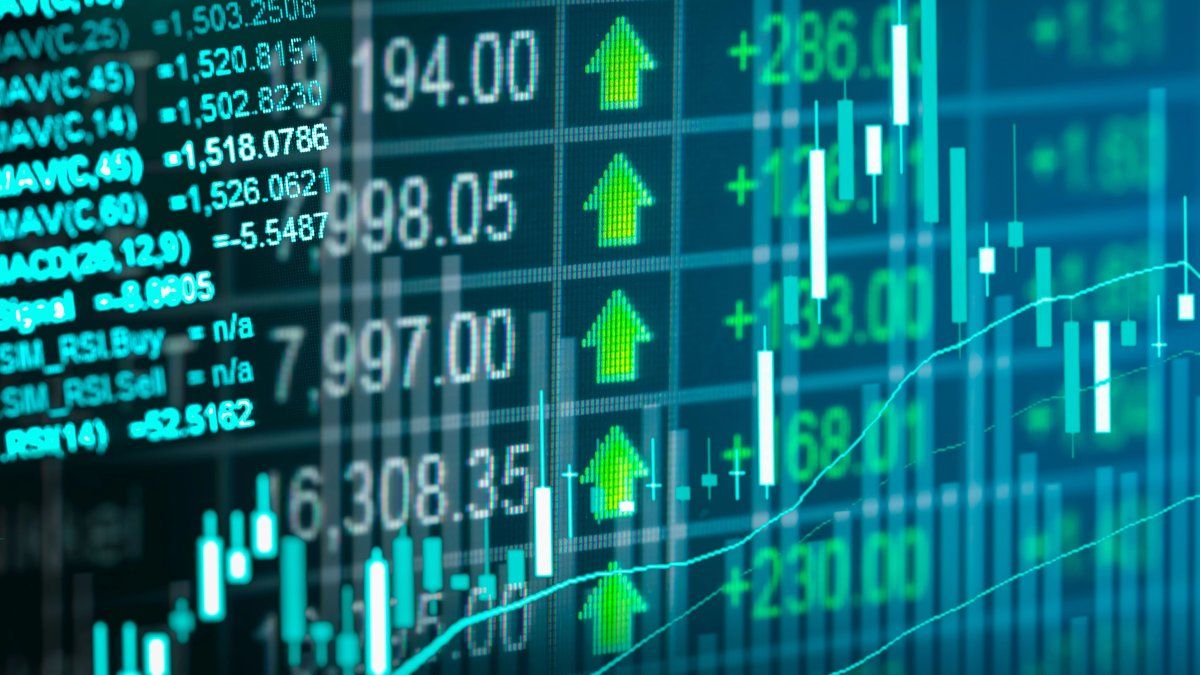The Russian war of aggression against Ukraine, Western sanctions, the mass departure of companies – all of this is weakening the economy of the giant empire. This should actually also affect the ruble exchange rate. But far from it: if you got 145 rubles or more for one euro at the beginning of March shortly after the start of the war, there are currently only 65. That Russia manipulates the value of its currency has been known for a long time. Nevertheless, the current upswing raises many questions.
“The strong ruble is not a sign of strength,” says chief economist Moritz Kramer at Landesbank Baden-Württemberg LBBW. It is true that the Russian currency plummeted at the beginning of the war. “The collapse of the Russian economy and an imminent default seemed preordained.” But the ruble is stronger than it has been for a long time. Its exchange rate against the euro and the US dollar has not only reached the pre-war level, but is as high as it was last in 2017.
For the people in the largest country in the world in terms of area, there are still no advantages. After the ruble crash in March, the prices for imported goods such as cheese or alcohol from the West were adjusted to the high exchange rate. Employees hurriedly pasted new price tags. A bottle of champagne for 2,900 rubles became one for 4,900 rubles. However, the prices were not adjusted back to the strong ruble. The result: the champagne, which cost the equivalent of 34 euros before the war, is now over 75 euros.
But not only luxury products have become more expensive. Many Russians are complaining about skyrocketing food prices. Since the beginning of the year, some goods have become 50 to 70 percent more expensive – cabbage by about 60 percent, carrots by 61 percent and sugar by 50 percent, according to the national statistics agency Rosstat. The tabloid Moskovsky Komsomolets, for example, called for money to flow from the state budget – 10,000 rubles per year per needy person – so that people could buy food from local production. There is such help “even in America”.
So, a strong ruble is of no use to many consumers, because everything is more expensive. Above all, however, it helps the Russian leadership to keep inflation within limits so that goods do not become even more expensive. “If the ruble weren’t so strong, inflation wouldn’t be 20 percent, but 30 to 40 percent,” Russian economist Sergei Suwerov told the Internet newspaper Meduza. At the same time, he makes it clear that the current course is “not a market economy”.
The ruble is “artificially” strengthened by a number of measures, including restrictions on foreign exchange transactions by the central bank. Last but not least, the massive increase in interest rates helped, which is why many citizens invested their savings in rubles and not in foreign currencies. The key interest rate is currently 14 percent. At the end of February, the central bank had raised the interest rate drastically by 10.5 points to 20 percent. Since then, many banks have been offering fat annual interest rates of around ten percent for ruble investments, while there is almost nothing for euro or dollar investments.
However, the main reason for the strength is a record surplus in the trade balance. By exporting oil and gas, for example, Russia earns billions in foreign exchange that cannot be spent at all. Because the import of many Western goods has collapsed, the country is sitting on its euro and dollar earnings. This is one of the reasons why Russian President Vladimir Putin ordered gas payments for Europeans to be switched to rubles on April 1. The Kremlin chief said Russia could not buy anything with foreign exchange.
Experts have calculated that Russia could have a surplus of 250 billion dollars by the end of the year, also because of high energy prices. However, rubles are needed for the budget, as the investment strategist Suwerov says. As a result of monetary policy, the Russian currency has now become completely detached from the economy. “If the economy is in freefall and the ruble is strengthening, then that’s not right,” he says. The central bank estimates that Russia’s gross domestic product will fall by 8 to 10 percent this year. She had previously assumed economic growth of 2 to 3 percent.
It’s difficult to say which course is the “just” one at the moment, says Suwerow. There are many influencing factors. In his view, the freezing of Russian foreign exchange reserves in the West should also lead to a massive weakening of the currency. The central bank is now allowing higher foreign exchange exports again – five times as much instead of $10,000. But the reins of the monetary authorities remain tight.
However, if sanctions are imposed on other Russian banks, this could destroy exports and massively damage the currency, says Suwerov. Chief economist Kramer from LBBW in Stuttgart agrees: “As long as Russia exports, the ruble will remain strong.” Only a complete embargo could “bring the ruble to its knees,” he says. But the buyers did not hold back. “Oil tankers have been picking up record amounts of crude oil at Russian ports since mid-April. Most of them under the Greek flag!”
Source: Nachrichten




